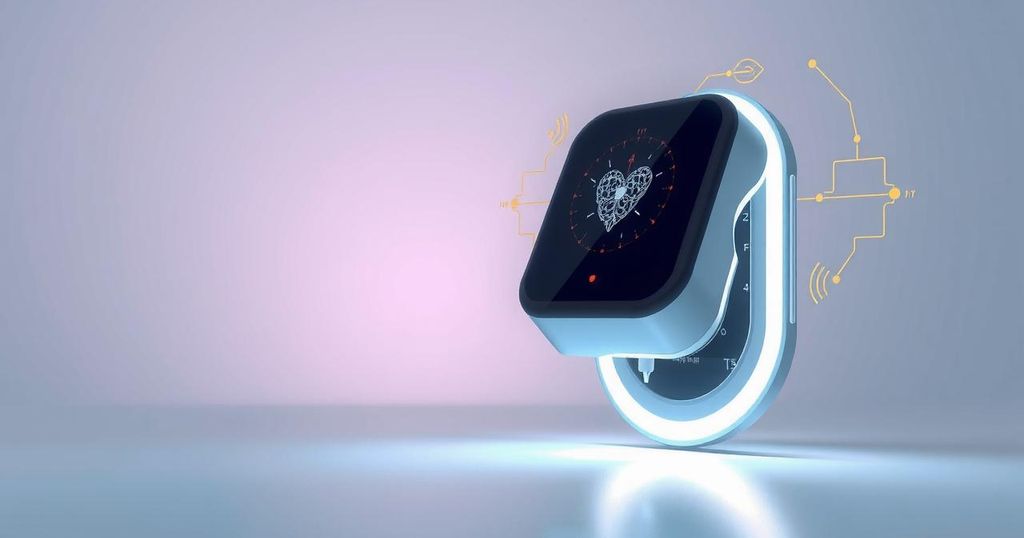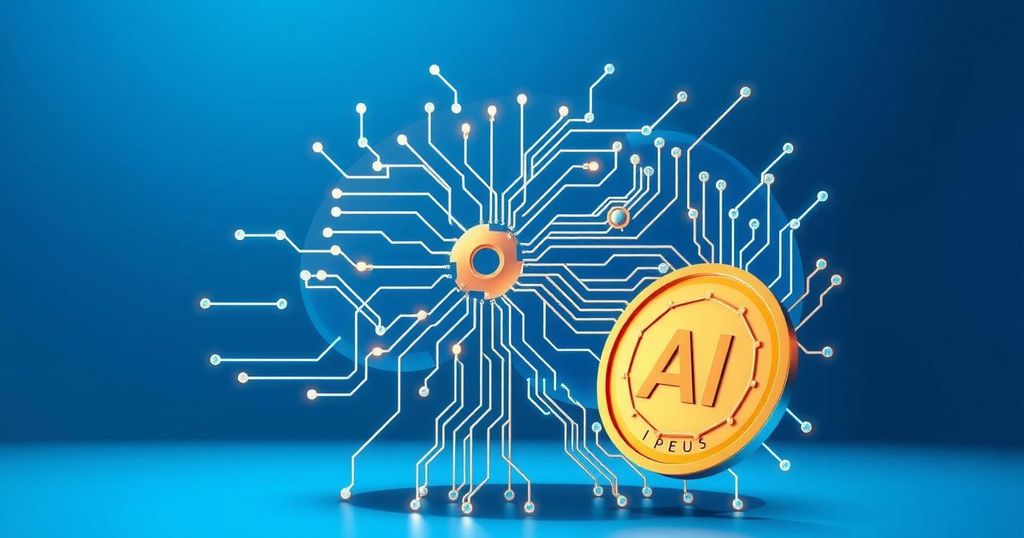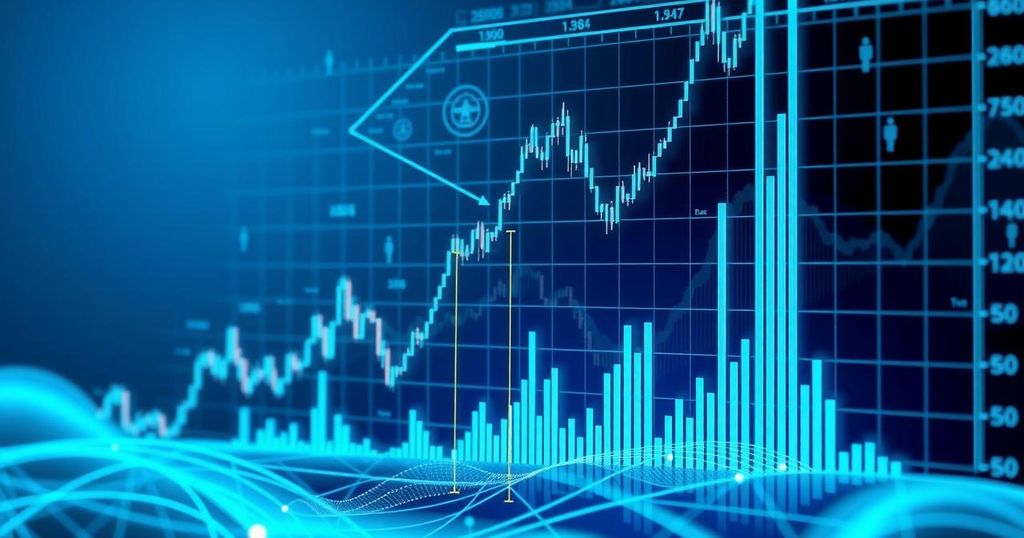Exploring the Growth and Innovations in the Neurostimulation Devices Market (2024-2035)
The Global Neurostimulation Devices Market is witnessing substantial growth driven by advancements in technology and increasing instances of neurological diseases. Valued at USD 8.7 billion in 2024, it is expected to reach USD 19.9 billion by 2035, growing at a CAGR of 10.9%. Key trends include technological innovations, a preference for minimally invasive solutions, and personalized medicine, with leading companies heavily investing in R&D to enhance treatment options.
The Global Neurostimulation Devices Market is on a robust growth trajectory, fueled by innovations in medical technology and a rising incidence of neurological disorders. These devices target conditions like chronic pain, epilepsy, and depression by delivering electrical impulses to specific nerves or brain areas. Valued at USD 8.7 billion in 2024, the market is predicted to soar to USD 19.9 billion by 2035, reflecting a Compound Annual Growth Rate (CAGR) of 10.9% from 2025 to 2035.
Within this expanding market, several types of neurostimulation devices stand out: spinal cord stimulators alleviate chronic pain, deep brain stimulators treat movement disorders, whereas vagus nerve stimulators address epilepsy and depression. The industry is propelled by the aging population and increasing healthcare investments, coupled with ongoing breakthroughs in bioelectronics and brain-computer interfaces.
Key trends influencing the market include rapid technological advancements like closed-loop stimulation systems, which enhance therapy effectiveness. As neurological disorders become more common, the demand for innovative neurostimulation solutions has surged. Patients are leaning toward minimally invasive treatments, further driving the attractiveness of these devices over traditional drugs.
Furthermore, investment in research and development is escalating, pushing neurostimulation applications into new realms such as mental health and cognitive enhancement. The movement towards personalized medicine, enabled by developments in digital health, is fueling the desire for tailored neurostimulation therapies.
In this competitive landscape, major players such as Boston Scientific, Medtronic, and Abbott are forging ahead through strategic partnerships and product innovations. Neurostimulation devices can be classified into categories based on their applications, focusing on pain management, epilepsy treatment, and other neurological conditions, catering to hospitals, clinics, and surgical centers worldwide.
Pricing dynamics for neurostimulation devices are influenced by factors like technology level and brand dominance, with high-end devices ranging from $10,000 to $30,000, while non-invasive options remain more budget-friendly. Price reductions are anticipated as competition intensifies and technology evolves.
Recent innovations have introduced wireless rechargeable devices aimed at enhancing patient experiences. AI-integrated systems are becoming pivotal in optimizing therapy in real-time. Eco-friendly initiatives are surfacing, aiming to mitigate the environmental impact, with biotechnology advancements paving the way for sustainable practices.
Notable case studies affirm the effectiveness of neurostimulation. For example, spinal cord stimulation has successfully reduced chronic pain, while deep brain stimulation has augmented motor functions in Parkinson’s patients. Likewise, vagus nerve stimulation has shown promise in reducing seizure frequency in epilepsy sufferers.
As we look to the future, the neurostimulation devices market is gearing up for significant advancements between 2024 and 2035. With a projected CAGR exceeding 8%, European and North American regions are set to lead. The horizon is bright, with AI-driven and individualized neurostimulation therapies emerging, enhancing treatment accessibility and patient outcomes.
In summary, the neurostimulation devices market is on track for remarkable growth driven by technological advancements and the increasing prevalence of neurological disorders. The shift towards personalized, minimally invasive treatments is reshaping the landscape, while leading companies heavily invest in R&D. With strong projections for the future, this market will likely yield innovative therapies, improving patient lives significantly.
Original Source: www.pharmiweb.com




Post Comment